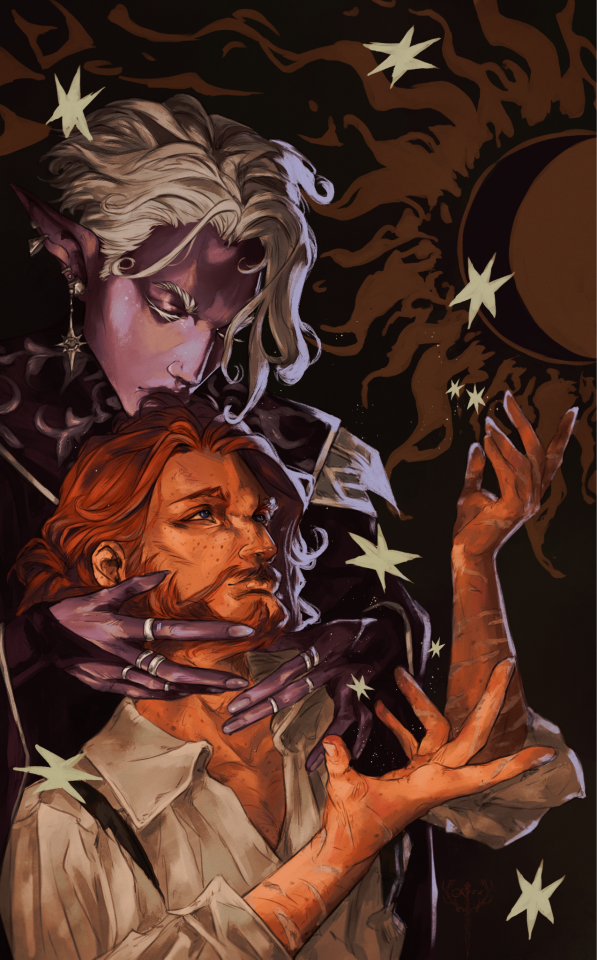Don't wanna be here? Send us removal request.
Text
The trees will tell you where the front line is.

Damage to the environment of Ukraine as a result of Russian aggression amounts to 60 billion USD. A total of 4,200 instances of environmental crimes committed by Russia have been documented in Ukraine.
217 notes
·
View notes
Text
Some common Ukrainian curses in English by Kyrylo Makashov (makashovskiy)
153 notes
·
View notes
Text
You guys just have to trust me on this one and click here okay?
363K notes
·
View notes
Text

The true reason Aziraphale had to leave.
Please enjoy the infectious laughter of the Australian senate struggling to keep its composure while grilling a man about bee semen
59K notes
·
View notes
Text
modern social media should stop offering "sync with your phone contacts to follow them" options and start offering "block all your phone contacts so they never see your account" options
152K notes
·
View notes
Text
Best of Neil's stage directions/commentary in the good omens s1 script book
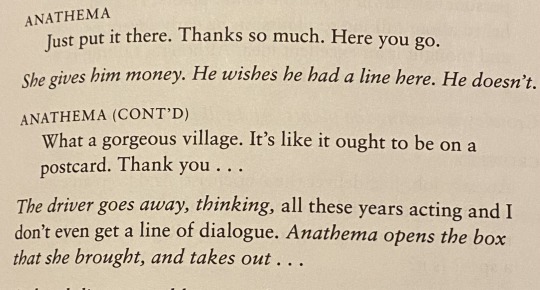




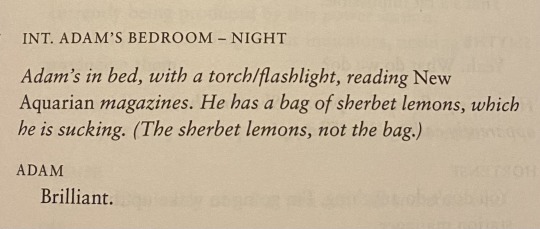






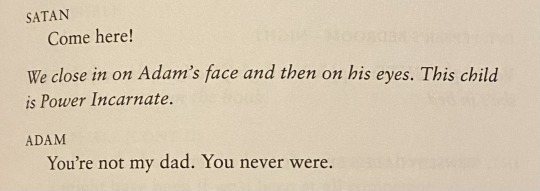
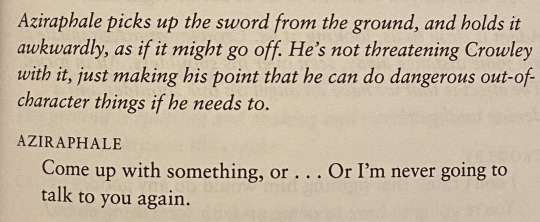
I went back and read this to help me cope after s2, as one does
31K notes
·
View notes
Text
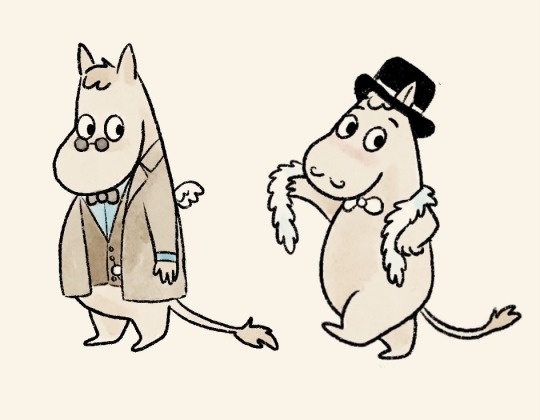


I just think that in every way, Aziraphale is a perfect moomin
Bonus Snufkin Crowley because: they are a set, do not separate
2K notes
·
View notes
Text
Can't believe the middle-aged mentally ill gay pirates have better communication skills than the 6,000+ years-old celestial beings.
458 notes
·
View notes
Text
The Colors of Crowley
Black is the color Crowley uses to cover himself, red is the color that represents Crowley to himself, and yellow is the color that represents Crowley to Aziraphale. What each color symbolizes and how it's used give us important information about Crowley (and to some degree Aziraphale) and about the ineffable relationship.
I feel kind of dumb writing this post because I'm sure it's glaringly obvious to everyone else, but there's this Metro UK article of all things (the Metro is owned by the hardcore rightwing Daily Mail, btw, so please don't link to it) that mentions the red stitching on Crowley's gloves in 1867, and it made conscious some details I had only subconsciously noted, so fwiw to anybody else, here are my notes on the colors associated with Crowley in Good Omens and their significance in the context of the way each one is used.
I don't think we need to cover black-as-evil in Western color symbology. [And yet here's a long-ass paragraph about it anyway! --Ed.] Light:dark::good:evil has been a thing with Christianity since before Christianity was even Judaism. The Israelites picked it up from the Zoroastrians way back before YHWH had subsumed El as 'God,' which may have been before they were Israelites as well; I mean it was a LONG time ago. Good Omens has been using black and white to represent Hell and Heaven, respectively, long before the show. In the UK, the book was published in paperback with a choice of black or white cover with an illustration of the contrasting character in the contrasting color: Crowley illustrated in black, Aziraphale in white. The current hardcover is grey.
Crowley wears black, and the Bentley is black. At the metanarrative or authorial level this is obviously for the purposes of the black/white demon/angel contrast, but on the intra-narrative level, the Watsonian level, it's interesting to note that Crowley doesn't have to wear black. He's obviously not free to choose from the full color palette, but Furfur's shirt and sash are is dark emerald green, Dagon is in ultramarine (as befits a marine Elder God), and Shax has only been on Earth for four years before she's wearing head-to-toe oxblood. When she shows up later in battle dress she's got a lot of oxblood there, too. And yet Crowley wears black.

Authorial reasons aside, black suits Crowley for a couple intra-narrative reasons. For much of history, black was the most expensive color to dye and maintain in clothing, and as a result it has always been fashionable. And for several centuries in Christendom, wearing black was also a sign that you were in mourning, which was a social and religious obligation when someone close to you died. Whether you could wear other colors with it depended on how long ago that death had occurred.
Again: black is what Crowley chooses to cover himself, and as there is a sharp distinction between how Crowley presents himself to fulfill his obligations and who he thinks of himself as being, there is likewise a distinction between the colors that represent those two quantities as well.
Red is the color the show uses to represent Crowley to Crowley. The most obvious reason is his hair. This is another change from Book Omens, where Crowley is described as having hair that is "dark." A lot of fans in the UK hated the change when S1 came out because fans hate change and the British have a thing against gingers, but Crowley's red hair suits him better than dark imo because the Mother of Demons in Jewish religious literature, Lilith, is traditionally depicted with red hair. Red hair has been associated for more than a millenium in the Middle East and England and Wales with sorcery, witchcraft, demonic influence/possession, and satan-worship.
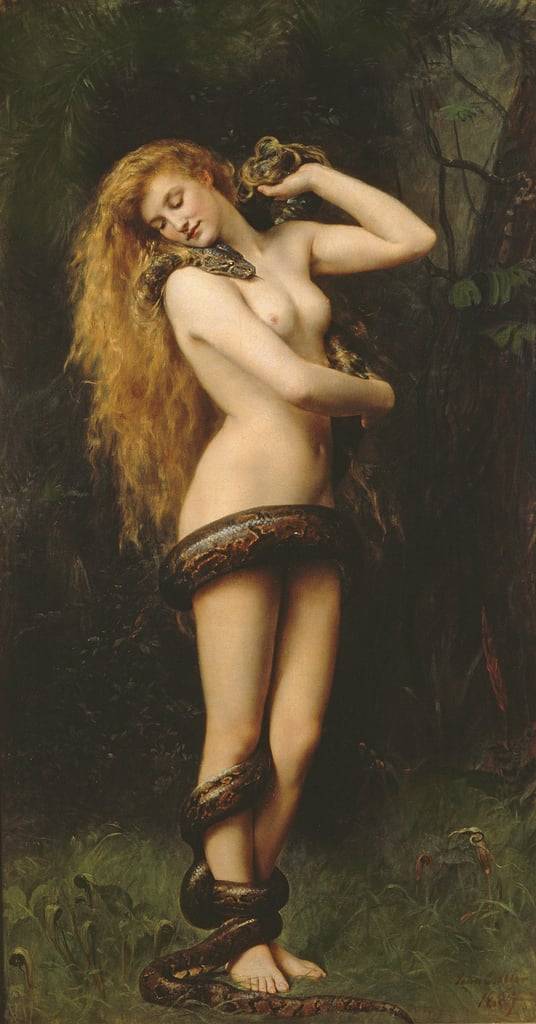
Crowley wishes his mom was this cool with snakes.
A good case can be made that Crowley genuinely likes the color red in addition to considering it demonically appropriate. I say this for three reasons. Firstly, because when he has a (limited) choice of (again, demonically appropriate) colors, he always chooses red. The marble of the desk in his apartment is not green or grey. He can have any color stitching on his gloves or lining of his jacket collar he wants, but it's always red. Secondly, it's not only red he chooses, it's almost always bright red.
We know Crowley's red isn't supposed to represent blood or violence, because we have another demon character whose use of red represents just that, and it's not the same red:
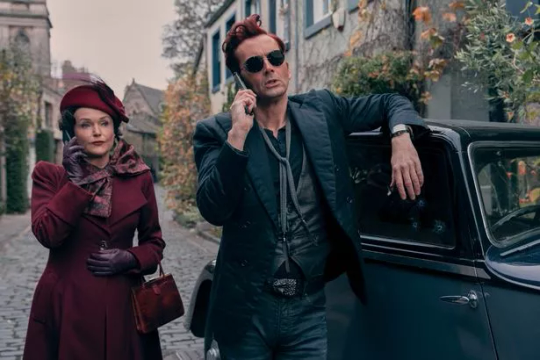
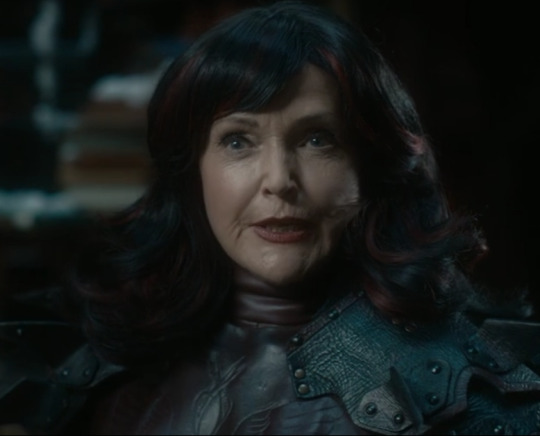
Compare Shax' oxblood and burgundy to
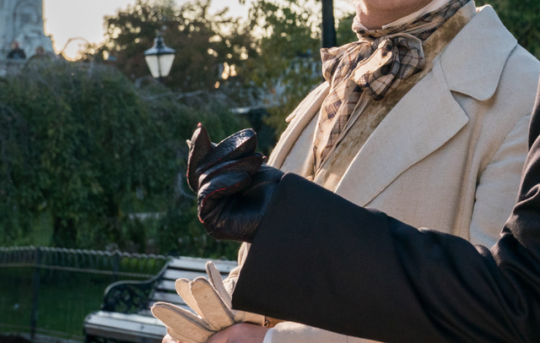
and
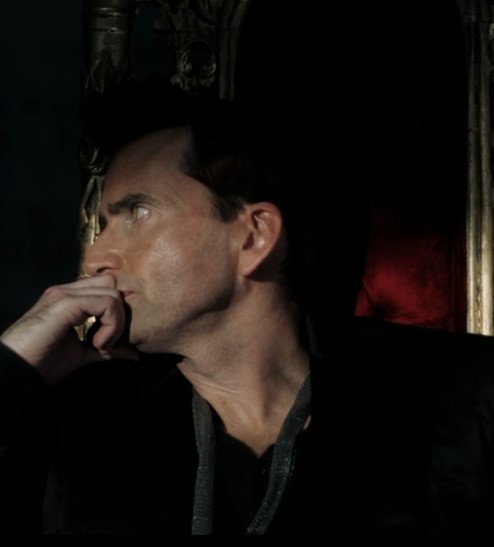
and
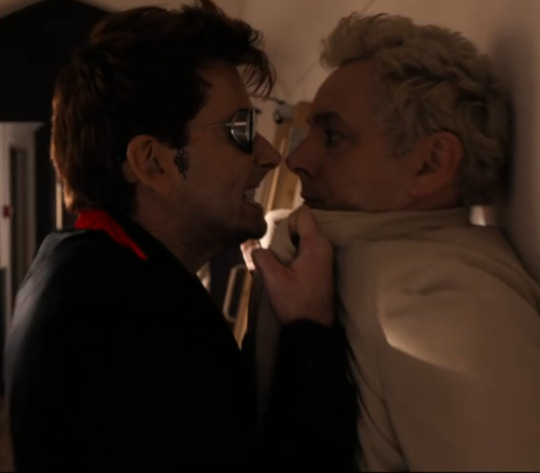
and
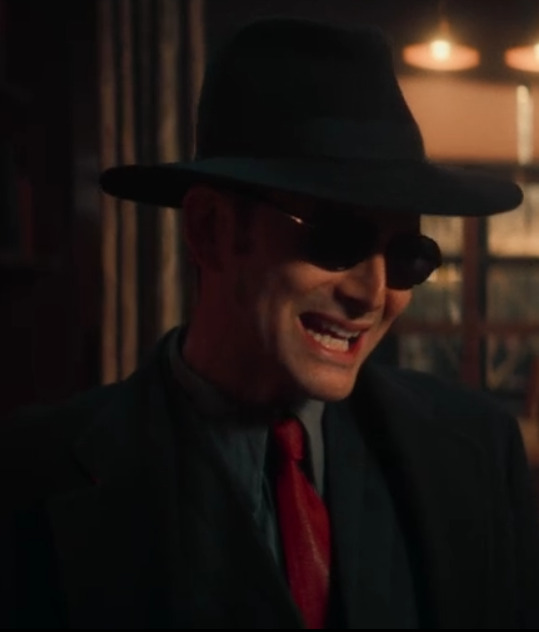
Crowley's red isn't just red, it's lipstick, cherry, crimson red. And in case we weren't sure that we should read this red as symbolizing passionate, romantic love:

Romantic symbolism aside, bright red is also the color of passion (romantic or otherwise), optimism, heat, vitality, life, (hell)fire, and warning.
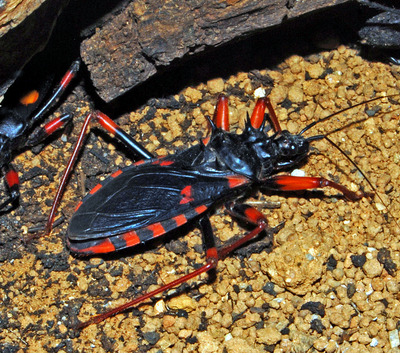
Red and black says don't fuck with Jack.
The third reason I think we can safely say that Crowley actually likes the color red is that he hides it. It's always tiny little touches, some of which you have to look for to see. (I still don't know where they snuck in the red on his Elizabethan habit, e.g.) And we know this color is a risk for him, and that he is right to hide it, because Ligur, who doesn't approve of any of Crowley's less-than-fully-demonic embellishments and may share Hastur's opinion that Crowley has gone native, comments on one of Crowley's more noticeably colorful items.

And I think the red tells us one more thing about Crowley, too.
Bright red is the colorest of colors, you know? When we can choose only one color to represent all colors, to represent colorfulness itself, we choose bright red (even in cultures where red symbolizes other meanings than it does in Western art).
Remember how Aziraphale gives Crowley's jacket a tartan collar when he swaps bodies with Crowley and impersonates him in Hell because Aziraphale feels the need to maintain some small secret token of his identity, some tiny unremarked sign of something he loves and thinks is beautiful, when he is down there alone in the gloom among enemies?
Crowley is down there alone among enemies every second of every day and night, whether he's in Hell or on Earth. And he's already had his identity stripped from him once. If you were someone who said

about this
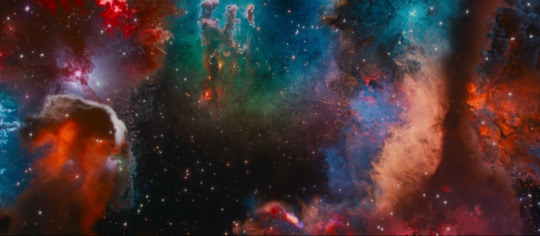
and then you got recruited by the fash downstairs bc the fash upstairs threw you out for not being fashy enough and you had to start wearing nothing but dark colors and more importantly had to hide everything that made you feel warmth or softness or joy, and that was it, that was the deal for eternity, but you could add one (1) little touch to everything you wore to remind yourself that there is some beautiful part of you left, something you loved once, that no one has yet been able to steal or brutalize out of you...what color would the stitching on your gloves be?
Lastly, Yellow represents Crowley to Aziraphale. I'm going to skip the chain of evidence for this bc I think it's obvious, but the way it's used also lends itself to some inferences supported in other areas in the show.
Here's where I think changing Crowley's hair to red from Book Omens' dark is a good decision in another way. Crowley always has red hair, and if he has any color in his clothes it's going to be red. Red is eye-catching; it always stands out, but it doesn't stand out as demonic. And yet the color Aziraphale associates with Crowley and calls "pretty" isn't red.
I suspect that when Aziraphale says he can make Crowley an angel again, Crowley hears "You're not good enough for me to accept you as you are, let me fix you" because these are words Aziraphale has said to him many times, and has meant some of those times. But

tells the audience differently. The color Aziraphale associates with Crowley, the color he calls "pretty," is the color of Crowley's only overtly demonic feature. Aziraphale doesn't love the angel he knew who isn't Crowley, he loves Crowley, the demon, the person he is now, his yellow demon irises.
Yellow appears in three other places in S2, and they're all symbolically significant, and in fact serve to establish another symbolic significance to the color yellow in addition to that of Yellow Is the Color of My True Love's Eyes.
One of them is a feather duster:

Crowley reacts to a feather duster like a cat confronted by an unfamiliar object
The other three are private conversations between Aziraphale and Crowley:

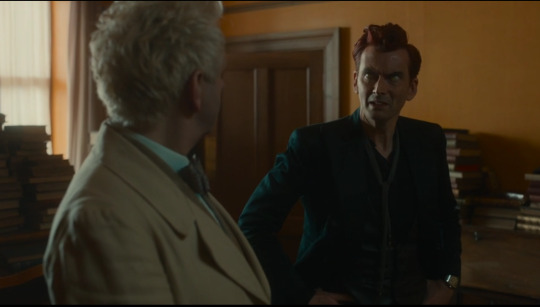

The walls that surround Crowley and Aziraphale when they speak openly about their situation and how they will handle it are drenched in yellow, and that is super interesting, because in Western color symbolism yellow is the color of fear. The archangel of whom Crowley and Aziraphale are both (rightly) terrified wields a tool the color of fear. The color of fear saturates the backdrop of conversations between Aziraphale and Crowley when they have to discuss their situation and their actions openly.
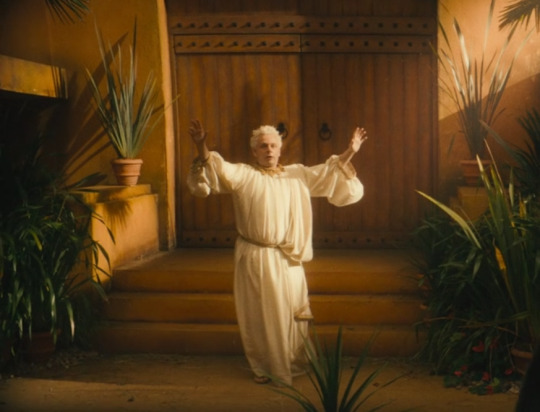
Remember how Aziraphale's voice shakes here?
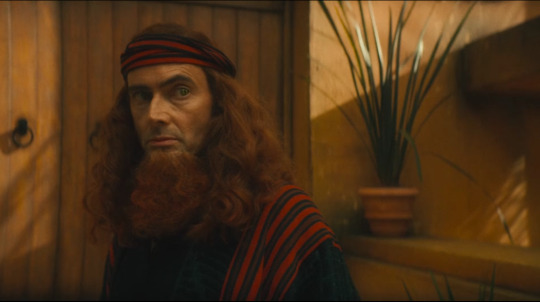
Crowley realizes the crows have just handed an angel evidence the angel can take to Hell and use to have Crowley killed
Even the Bentley, that clear sign of Aziraphale's love for Crowley, is also a yellow coffin enclosing him. For Aziraphale, thoughts of Crowley are always entangled with fear, because Crowley is not just Crowley, he is also Crowley's Fall.

And I think fear is what Crowley's eyes themselves represent. For Crowley, fear is now a fundamental part of his perception, his nature, his identity.
The angel Aziraphale once knew is not Crowley, and yet from what we've seen, the chiefest difference in character between this sweetheart and this mischief-maker--

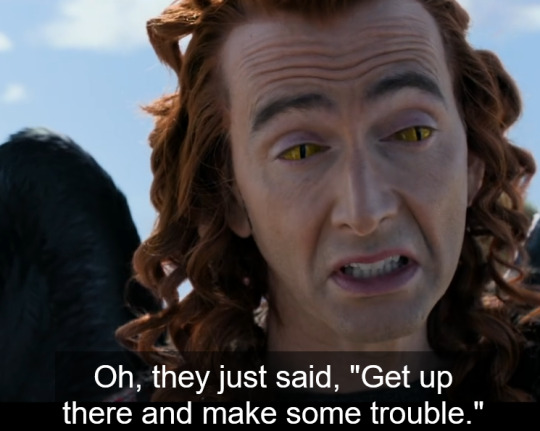
--is that the Starmaker does not know yet that he should be afraid, and the Serpent does. That knowledge and its fear has, shall we say, colored his view of the world.
Aziraphale learns that fear early by observing others rather than Falling himself, and knows enough that by the first time we meet him in the Before, he is already afraid.
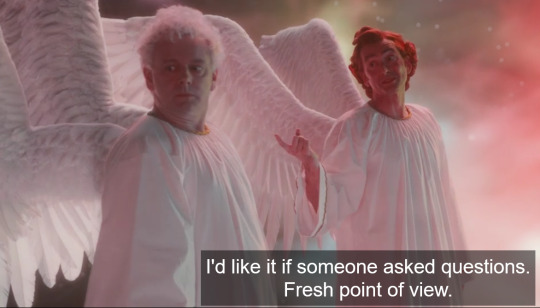
Pink was once symbolically equivalent to red; in modern Western color symbology it is a color of innocence, youth, beauty, and first love. Hashtag just sayin'.
The cruellest thing this suggests to me is that, rather than rebellion or his propensity to ask questions, rather than the knowledge of good and evil, the Starmaker's Fall was caused by his innocence. it wasn't the questions that were the problem: it was that he didn't know any better than to speak them out loud.
Y'all, Crowley and Aziraphale do not suffer from communication problems. Despite both being male-coded and British, they don't even seem to lack emotional intelligence. What they do have is a universe of silence and fear they have to communicate within and around. What they lack is the safety to speak and love freely. The true color of Crowley is crimson, but someone gave him those eyes, and Aziraphale either watched that happen or knew about it, and now Crowley covers himself in black--which btw is also the symbolic color for mystery and secrets--and only lets Aziraphale see him as he really is now, because Aziraphale won't judge him for his yellow eyes (or punish and forsake him for his questions). Because Aziraphale carries that fear with him too.
1K notes
·
View notes
Text
shout out to all the demons (dyslexic people) who are having the time of their lives trying to spell “ineffable” or “bureaucracy” correctly post good omens 2
2K notes
·
View notes
